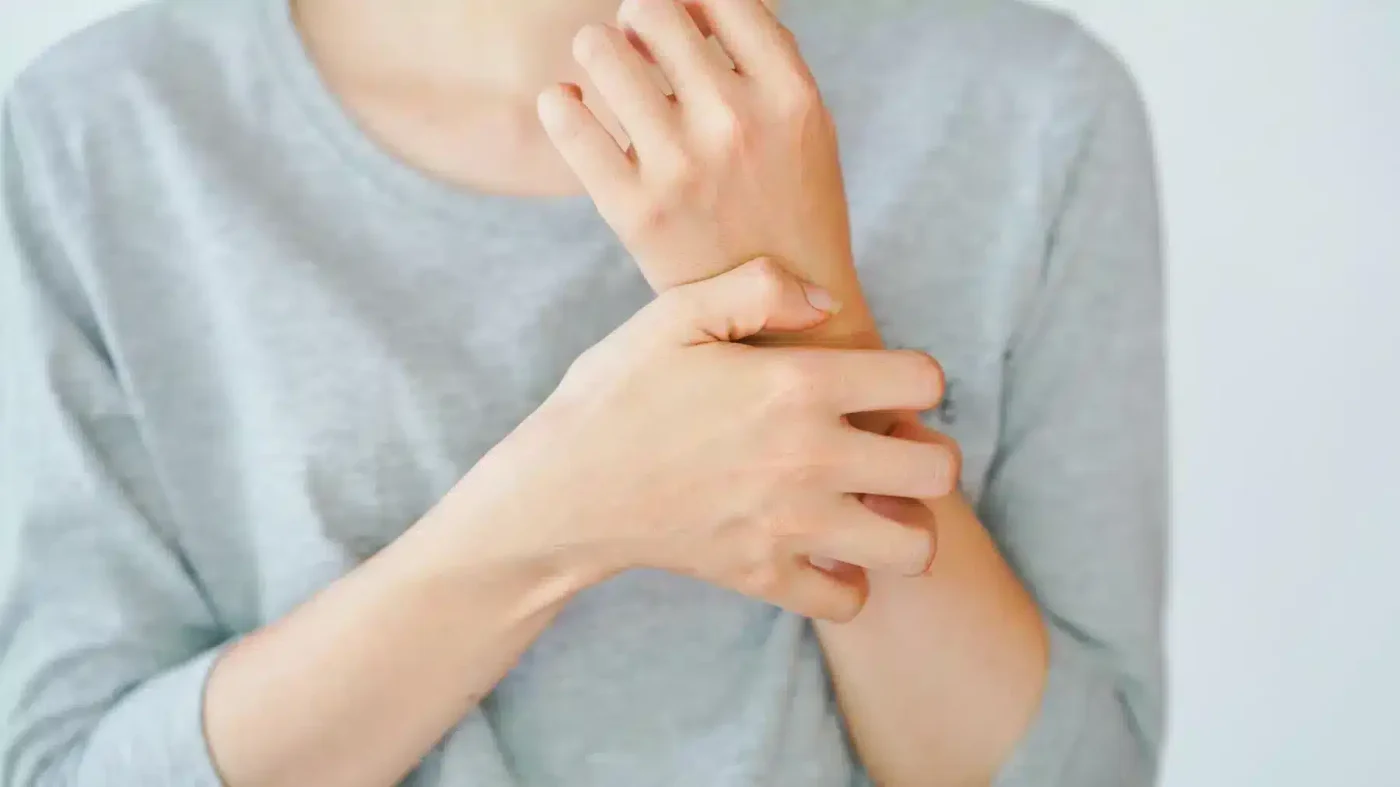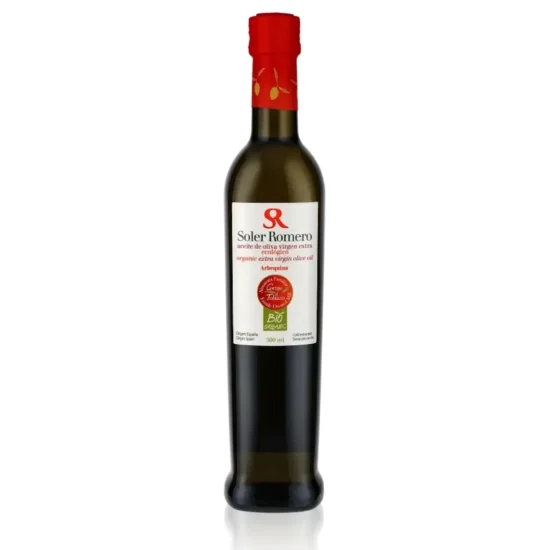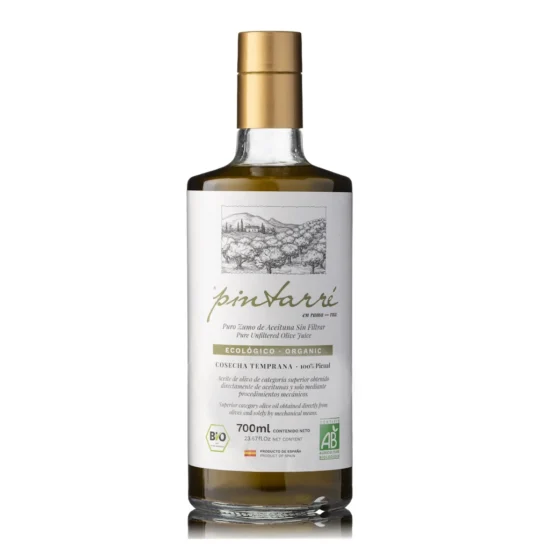
Olive oil for skin rash can indeed be helpful thanks to its anti-inflammatory properties and its ability to lock in moisture. Olive oil can soothe irritated skin and relieve redness and itching. Thanks to its vitamin E and other nutrients, olive oil can hydrate the skin and protect it from dehydration. High-quality olive oil can form a protective barrier on the skin to prevent further irritation and protect damaged skin from external aggressors.
Olive oil, a staple in kitchens worldwide, is also a surprisingly effective natural remedy for various skin ailments, particularly rashes. Its beneficial properties stem from a rich composition of anti-inflammatory compounds, antioxidants, and moisturizing agents that work in harmony to soothe irritated skin, reduce redness, and alleviate itching.
At its core, olive oil’s power lies in its anti-inflammatory properties. It contains compounds like oleocanthal, which has a similar anti-inflammatory effect to ibuprofen, helping to reduce swelling and discomfort associated with rashes. Beyond that, olive oil is a powerhouse of antioxidants, including vitamin E and polyphenols. These antioxidants combat free radicals that can damage skin cells and exacerbate inflammation. By neutralizing these harmful molecules, olive oil helps to protect and repair the skin barrier.
Moreover, olive oil is an excellent emollient, meaning it’s incredibly effective at locking in moisture. When applied to the skin, it forms a protective occlusive layer that prevents transepidermal water loss, keeping the skin hydrated and supple. This is crucial for rash-affected skin, which often suffers from dryness and impaired barrier function. The added moisture helps to restore the skin’s natural protective barrier, making it less susceptible to further irritation and promoting faster healing. High-quality olive oil, especially extra virgin olive oil, is rich in these beneficial compounds due to its minimal processing. This protective barrier also acts as a shield against external aggressors, such as bacteria and allergens, which can worsen an existing rash.
Incorporating olive oil into your skincare routine for a rash is straightforward. First, ensure the affected area of your skin is clean and dry. Gently cleanse the area with mild, clean water and pat it dry with a soft towel. Avoid rubbing, as this can further irritate the sensitive skin.
Next, pour a small amount of high-quality olive oil onto a clean spoon or directly into your palm. It’s best to use a small amount to avoid oversaturation. Gently apply the oil directly to the rash. Using clean fingertips, gently massage the oil into the skin in a circular motion until it’s evenly distributed and absorbed. The gentle massage can also help stimulate blood flow to the area, aiding in the healing process.
For optimal results, repeat this process two to three times daily. Consistency is key when using natural remedies. You can incorporate it into your morning and evening skincare routines, and perhaps once more during the day if convenient. Pay attention to how your skin responds. While olive oil is generally well-tolerated, if you notice the rash worsening, increasing discomfort, or any signs of an allergic reaction (such as increased redness, itching, or swelling), discontinue treatment immediately and consult a doctor.
Important Note: aceitedelcampo.com promotes the consumption of extra virgin olive oil for its culinary qualities and health benefits. However, no medication or current treatment should be replaced without the guidance of a healthcare professional.




ALZAYT EXPORT SL
info@aceitedelcampo.com
C/ Eduardo Bosca 19, 2-5
46023 Valencia
Subscribe and receive a coupon by email for your next purchase.